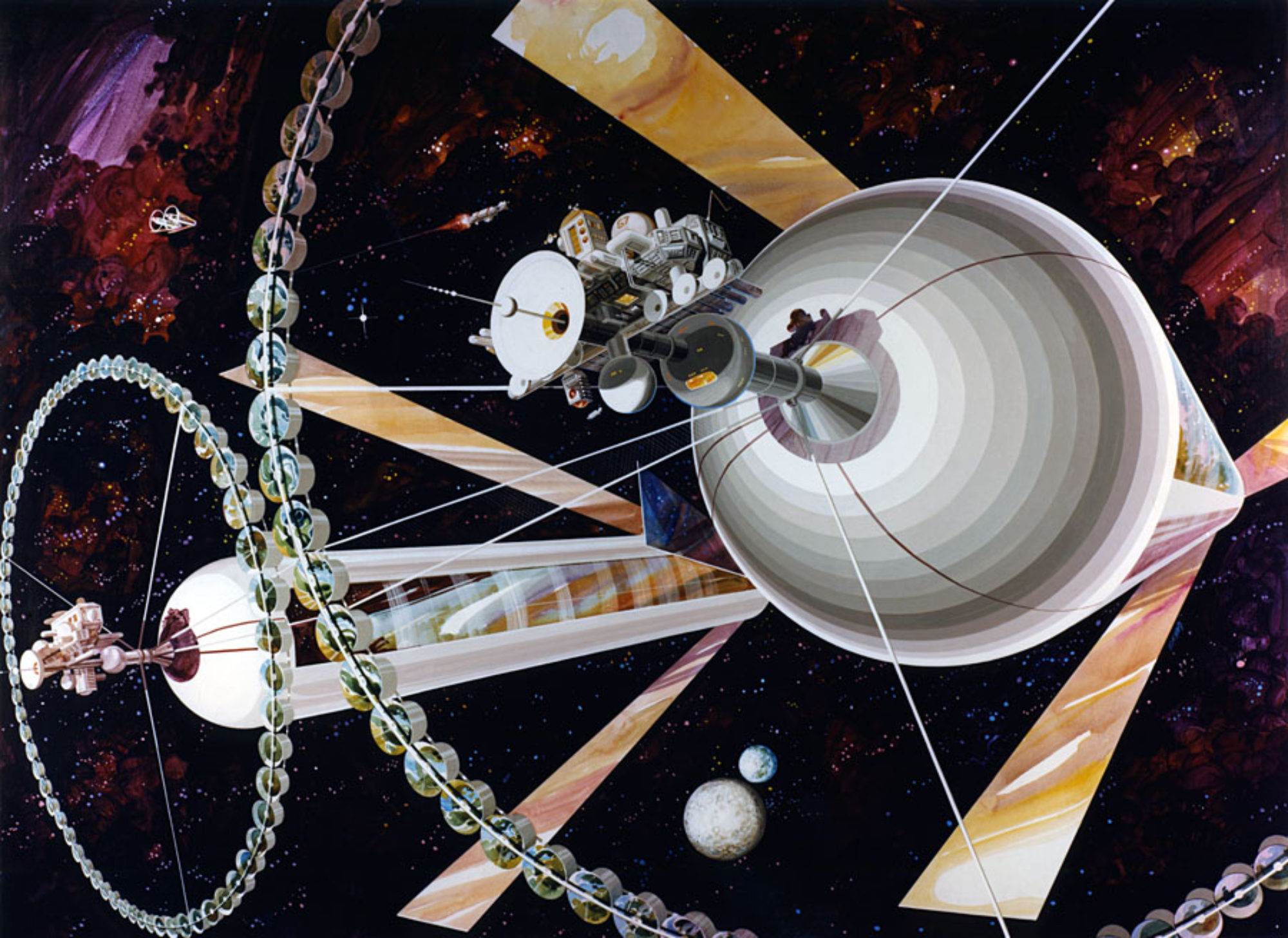Dynetics, one of three companies awarded a contract by NASA to develop a Human Landing System (HLS) for the Artemis Program, has just come out with a 3D printing file accompanied by a booklet of step-by-step instructions for hobbyists to make their own scale model of the company’s HLS. This is great way to inspire young people to get into STEM fields and hopefully get involved in space exploration and settlement.



